Tulips: the iconic flowers of the Netherlands, fascinated people since they were first introduced in the country, somewhere around the 16th century, and are still attracting millions of people nowadays, from all over the world. The Dutch tulip fields are a dream for every flower lover and every spring, during the tulip season, these fields are inundated with people trying to capture that beauty on camera and retina.
In the flower language, tulips symbolise perfect or deep love. Red tulips meaning is eternal love and passion. Pink tulips symbolise happiness and confidence. Purple tulips are a symbol of royalty. Yellow tulips symbolise cheerful thoughts. White tulips symbolise forgiveness (any Fringe series fans out there?).
Tulips are the third most popular flower in the world, with roses coming in first and chrysanthemums coming in second. And the Netherlands is the larger producer and exporter of tulips, so how could I not write an article about them?
Summary of this article:
1. Brief history of tulip mania and tulips in the Netherlands.
2. Where to see the tulips fields in the Netherlands?
3. How to get to the tulip fields?
4. Best time to see the tulip fields.
5. Tulip themed events and places in the Netherlands.
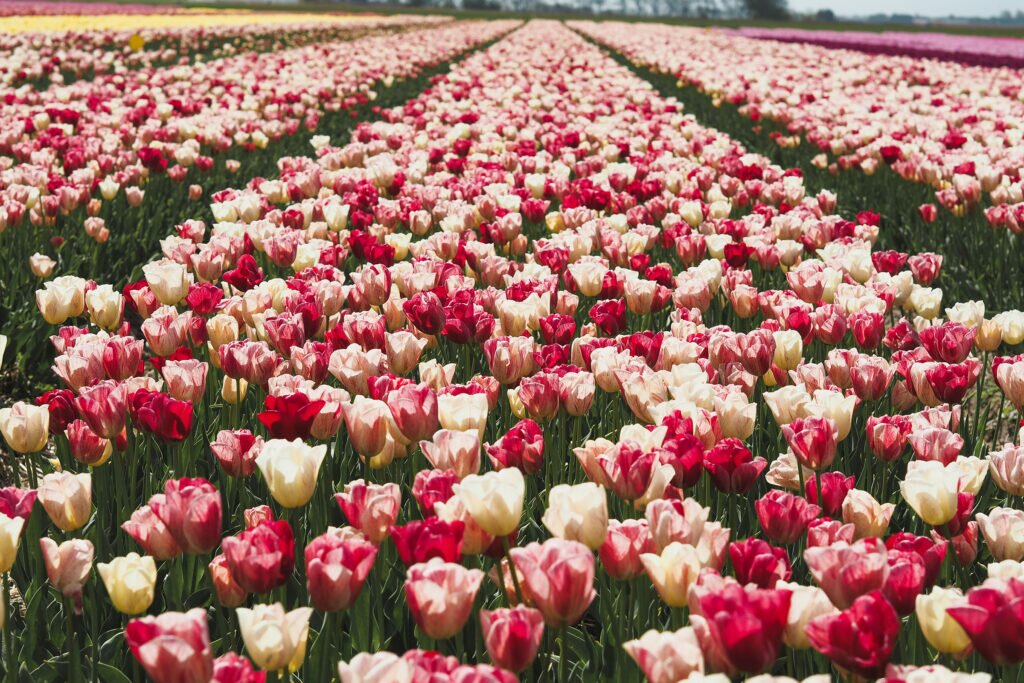
Brief history of tulip mania and tulips in the Netherlands
Growing up, I was fascinated by our tulip garden. There were few types of tulips there, mainly the common yellow and red varieties that grew in every garden in our town. But we had a few bulbs of black tulips (which were actually a dark burgundy), and they were amazing and exotic, with a velvety texture and such a different colour. Even though tulips were not my favourite flowers (most probably because their lack of perfume), I admired their elegance and considered them like some kind of untouchable beauties that dominated the garden during their blooming season.
Only later I found out that there are over 3000 tulip varieties in the world and some of them so interesting that the yellow and red tulips from our garden suddenly seemed very humble in comparison. Some tulip varieties even have a wonderful scent, like the rosy green Tulipa Groenland.
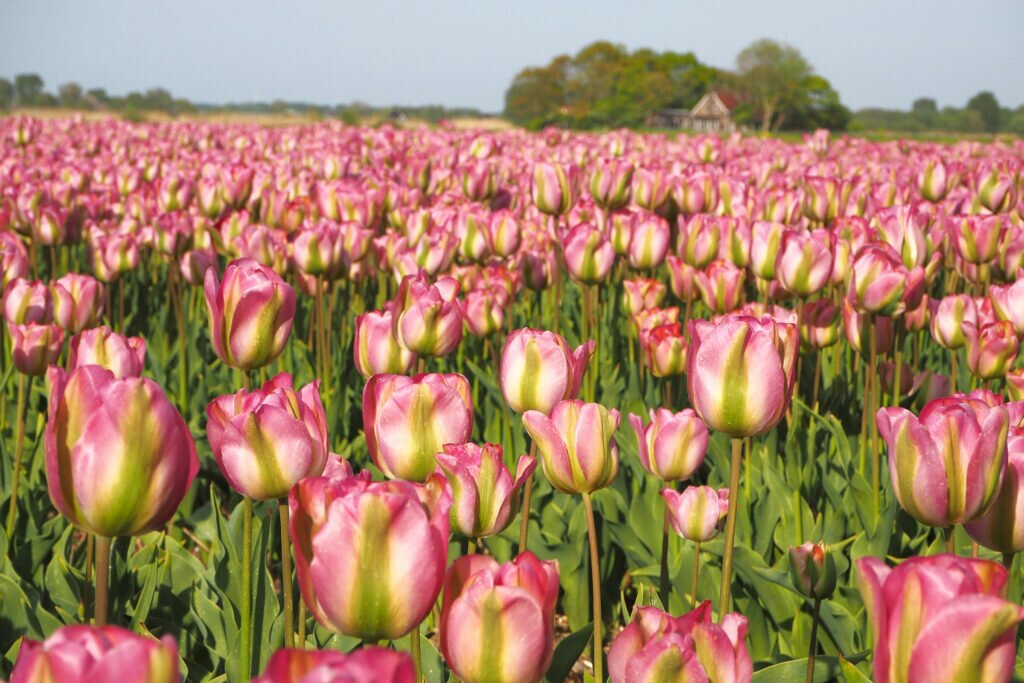
When I first visited Keukenhof Park, I was mesmerised by the multitude of colours and shapes. How can a single flower have so many versions? I didn’t know where to look first: at the striped tulips, the purple or the ivory ones, the parrot tulips, the ice-cream-resembling ones? It was then when I understood why tulip mania ever took up. The tulips cast a spell on you the moment you set eyes on their beauty.
The tulip mania was a unique phenomenon that happened in the Netherlands when the tulip bulbs were first introduced in the country around 1593. Maybe you didn’t know, but tulips have not always adorned the gardens and fields of Europe. Tulip bulbs, together with other vegetables like potatoes and tomatoes, came to Europe in the 16th century (according to Wikipedia). It is believed that the one who introduced the tulip to the Netherlands was the botanist Carolus Clusius, who established the oldest botanical garden in the Netherlands – Hortus Botanicus – at the Leiden University and planted a few bulbs there. Differing from the flowers growing in Europe at that moment, through their intense colour, tulips quickly gained popularity and, because of their rarity, became a luxury item. The price of tulip bulbs skyrocketed. Wealthy people commissioned paintings of their most precious items in the household: tulips in the vase.
The most precious tulip was Semper Augustus, prized for its colour strikes, and it’s easy to understand why, when you see the paintings. But little did they know that a flower virus, which in time weakened the bulbs, caused those strikes. Because of this virus, Semper Augustus tulip doesn’t exist anymore.
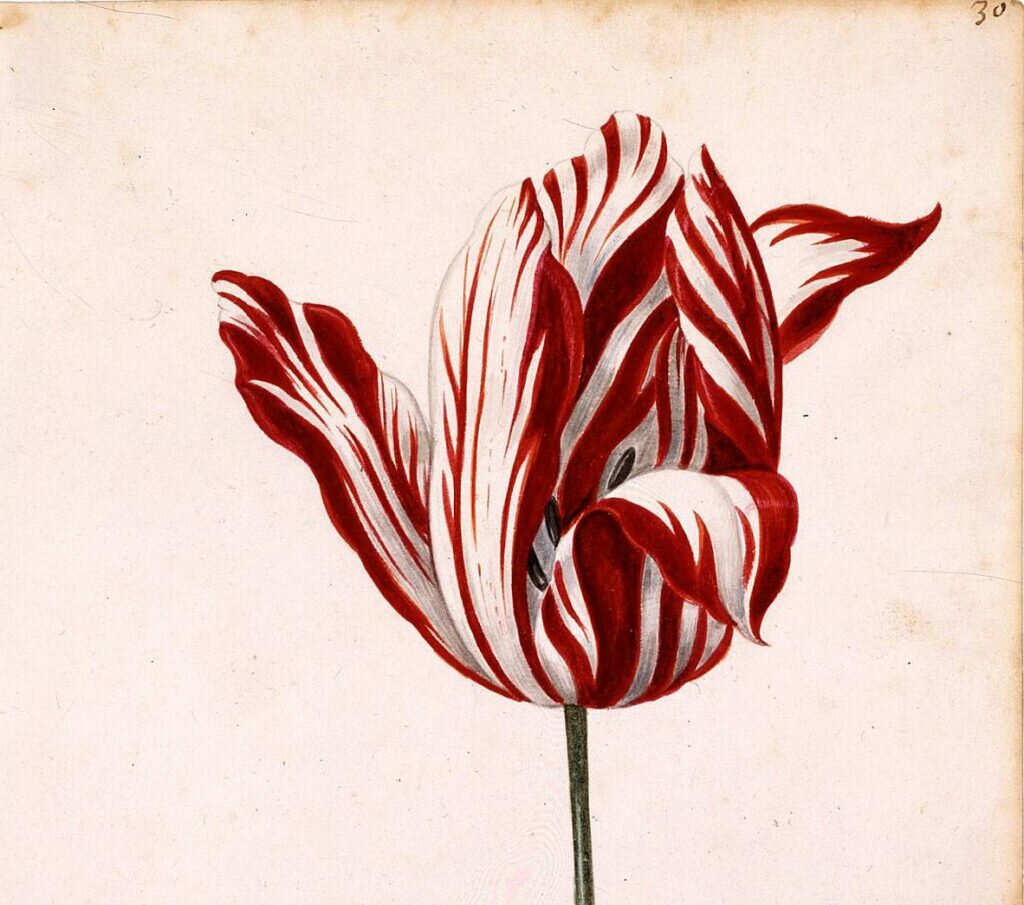
During the tulip mania many people became rich from the tulip bulb trading, and many lost fortunes as well, when the speculative bubble burst. However, the tulip bulbs remained an important item in the Dutch economy and that’s why nowadays, every spring, the fields are covered in colourful blankets of flowers.
Few people know that those never-ending flower fields are not cultivated for their beautiful flowers, but for the bulbs. This is the reason why you can see the flowers left in the fields till when they are almost fading: they will never be sold as romantic bouquets in the shops. The farmers will cut the tulips when they reach the maximum bloom so that the plant can concentrate all the energy into the bulbs lying under the ground, which then will be sold and live their lives as colourful tulips all over the world.
There are about one million flowers on a hectare, and the bulb farmers are very busy during the blooming season, checking the flowers’ health every two weeks. It’s very important to spot any bulb that was affected by the tulip virus.
Where to see the tulips fields in the Netherlands?
There are tulip fields in different areas in the country, but some are more popular and therefore inundated by tourists every spring. The biggest concentration of bulb fields is found in the upper northern part of Noord Holland, roughly between Den Oever, Den Helder, Schagen and Medemblik. And while this article is about tulips, we need to mention here that there are also other types of flowers covering the Dutch fields. The season starts with crocuses and hyacinths, daffodils, followed by tulips, then peonies and allium, dahlias and canna in the summer.
Important note: entering the tulip fields is not permitted, because you can carry dangerous diseases for the bulbs. You are welcome to cycle, drive or walk next to the fields, but not enter the fields.
That is very hard to do, I know! Almost every person, when seeing the magnificent flower field in front of them, just wants to jump and swim in those tulip waves. The selfie temptation is very hard to resist, and having your Insta husband snapping just a few photos of you swirling among the petals seems harmless enough. Most of the photos you see on social media were taken while trespassing. Some farmers had to place fences at the entrance to their flower fields to avoid people entering and stamping on the flowers. So be polite when you visit the flower fields!
There are farms where you are allowed to enter and even have a photoshoot in the tulip fields, like De Tulperij and Fam Flower Farm, but if you visit a random field, is always best to check for permission before entering. Also, you can book a photographer that has a special agreement with the farmers for photo sessions in the tulips.
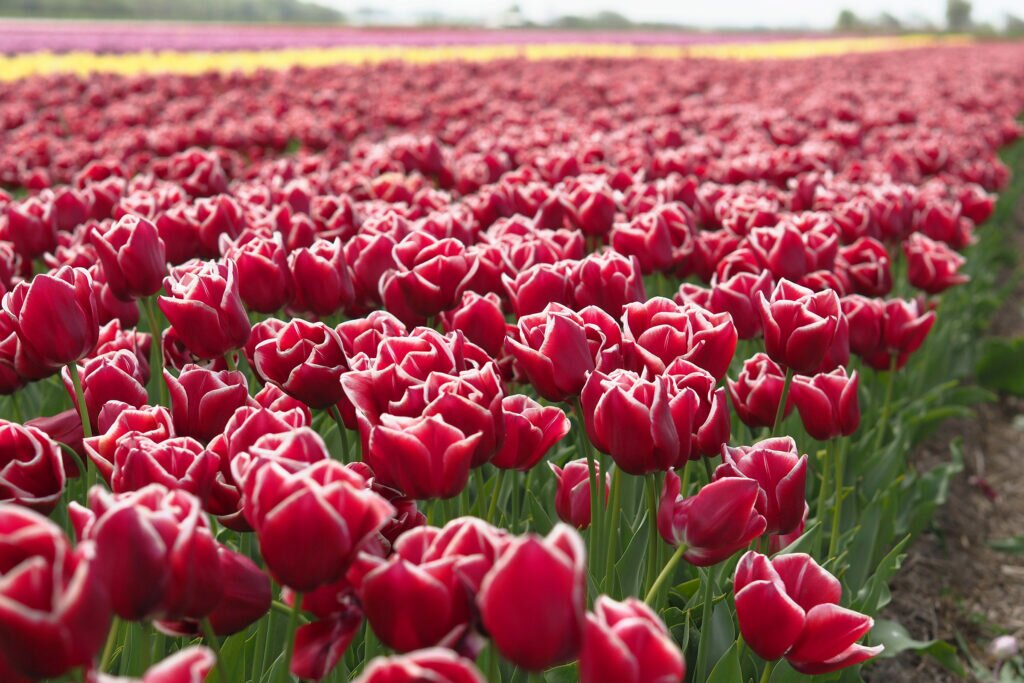
Tulip fields routes:
- The most popular place to see the tulips (and the easiest to get to from Amsterdam) is the Bollenstreek (“Bulb region”). This area is located approximately between Leiden, Lisse and Haarlem. The fields of Lisse are right outside the Keukenhof park, so you can come here by bus or an organised tour, and see the neat displays of flowers from the park, and then head towards the surrounding fields to see the tulip crops. If you want to see the Bollenstreek fields by bike, you can rent a bike in Keukenhof or in Leiden (if you don’t want to visit the park). To plan your trip, you can use this map of the tulip fields in the Bollenstreek area. The map includes pictures of the different locations, updated every week from March to May so you can see what to expect when you get there, picture-worthy spots or hotels along the way (should you want to spend the night among the flower fields).
- Flevoland is another area where tulip fields can be found, in the municipalities of Dronten, Lelystad, Zeewolde and Almere.
- The area between Alkmaar, Heiloo and Egmond aan Zee. This is where I’ve seen them last year, and they were amazing!
- Near Schagen and Schagerbrug, on the route to Sint Maartenszee – you can find the map here.
- West Friesland. This area lies between Hoorn, Enkhuizen and Medemblik.
You can find more offbeat ways to explore the famous tulip fields here and here.
How to get to the tulip fields
There are many guided tours you can book if you don’t want to plan the trip yourself or if you worry about not finding the best fields. There are bike guides, electric cars tours, TukTuk flower tours and even helicopter tours to see the fields from above. You can look them up on Google and check if and how they operate during the Corona regulations.
If you want to plan the trip yourself, you can choose a region by using the maps I listed above and then decide on the transportation. You can either go there by car or scooter, or travel by train to a starting point (for example Leiden, Hoorn, Heiloo) and then cycle along the fields. You can bring your own bike in the train or rent a bike at the trains station. There are proper bike paths along all the routes (but pay attention to the possible scooter, tractor or horse riders) and they are safe to cycle even if you go alone. Bring water and something to nibble on along the way because it might be a while until you find a restaurant.
Best time to see the tulip fields
Tulips are classified as early and mid-season and they bloom in the Netherlands in late March and last till the first half of May, but the main blooming period is April. That’s when you can see the tulip fields in Holland at their best and also the best time to visit Keukenhof garden.

Tulip themed events and places in the Netherlands
- The flower season culminates with a festive flower parade: Bloemencorso Bollenstreek (Bulb Flower Parade). The parade starts in Noordwijk and rides for 40 km till Haarlem, where it stops for one day in the main square. It’s an impressive view, if you can squeeze through the crowds. This year, unfortunately, the parade is again canceled because of Corona.
- Keukenhof. This park, one of the most beautiful flower parks in Europe, attracts millions of visitors every year (at least it did, before Corona, and I’m sure it will, again, after we’re done with the pandemic). You’ll find some bloggers who recommend skipping the park and go see the tulips in the fields. Even though I understand their recommendation, I don’t agree with them. If a place is crowded, it doesn’t mean it’s less beautiful, and Keukenhof is impressive. Keukenhof is not about wild flowers; but, on the other hand, neither are the tulip fields (they are as neat as they come). Keukenhof park is all about carefully designed flower gardens, about showing off Dutch flower artistry, about tulips and many other flowers (e.g. there are orchids and lilies pavilions).
- Museum de Zwarte Tulp. In Lisse you can visit Museum de Zwarte Tulp (the Black tulip museum) to learn about the history of the Bulb District and the origins and the development of bulb culture.
- Tulip gardens where you can pick your own tulips (or other flowers, depending on the season). To mention just a few: TulpenPluktuin Drenthe, Annemieke’s Pluktuin near Haarlem, Hanneke’s Pluktuin in Flevoland, De Pluktuin Noorwijkerhout.

Tulips in Amsterdam
Are there tulip fields in Amsterdam? A question often asked by tourists. The answer is: I wish they were, but NO. However, even if there are no tulip fields in Amsterdam, you can still celebrate and enjoy tulips in the city. This opportunity is brought by a few events and places:
- National Tulip Day. For one day, in January, a beautiful tulip garden appears in Dam Square over night. People can walk in this garden and pick their own tulips, for free.
- The Tulip Festival held in April. Locations where you can see the flowers: Rijksmuseum, Van Gogh Museum, Vondelpark, Rembrandtplein and EYE Filmmuseum. The goal of the festival is to eventually have one tulip for every Amsterdammer — amounting to 800,000 tulips in the city alone.
- Tulip Museum. Located in the pretty Jordaan neighbourhood, this museum brings homage to the most iconic of the Dutch flowers.
- The floating Flower Market. It might be kitsch and touristy, but it’s a good place to buy bulbs and tulips, nonetheless.
And, of course, you can buy a tulip bouquet at every flower shop in the city.
NOTE: Because of Covid-19, some of the events above were canceled in 2020 and might be cancelled in 2021. While the tulip fields will still be blooming, make sure you keep your distance when you go visiting.
Now that you have all the info you need about the Dutch tulip fields, all you can do is plan your visit. If you don’t live in the Netherlands, then you will have to wait for next year, when the international travel will hopefully be possible again. No worries, I will leave you with more pictures to admire in the meantime.
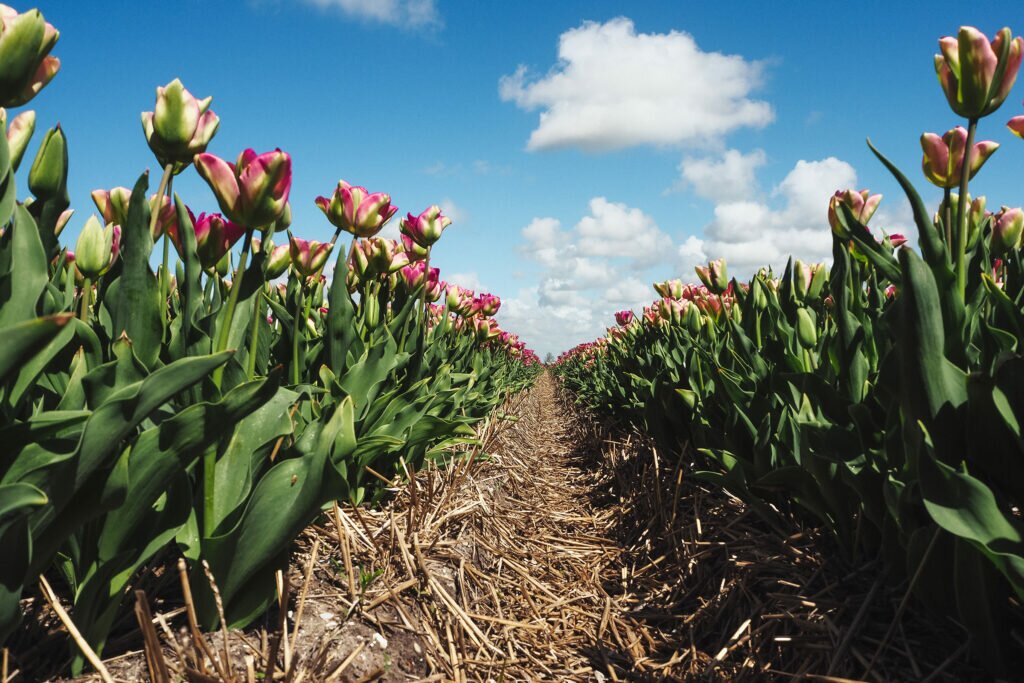
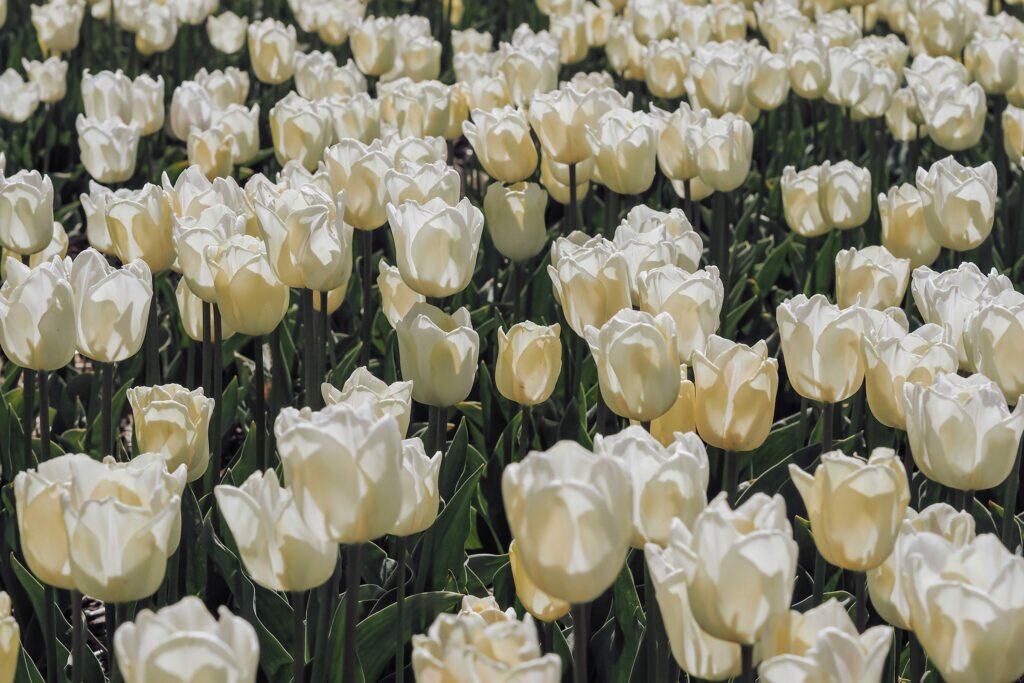


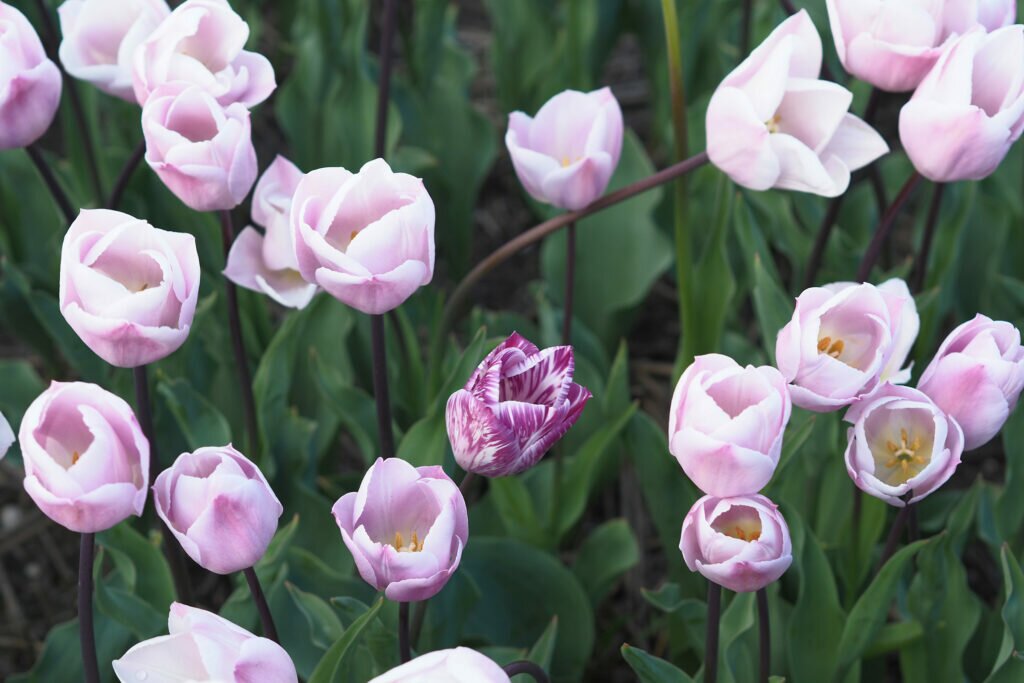
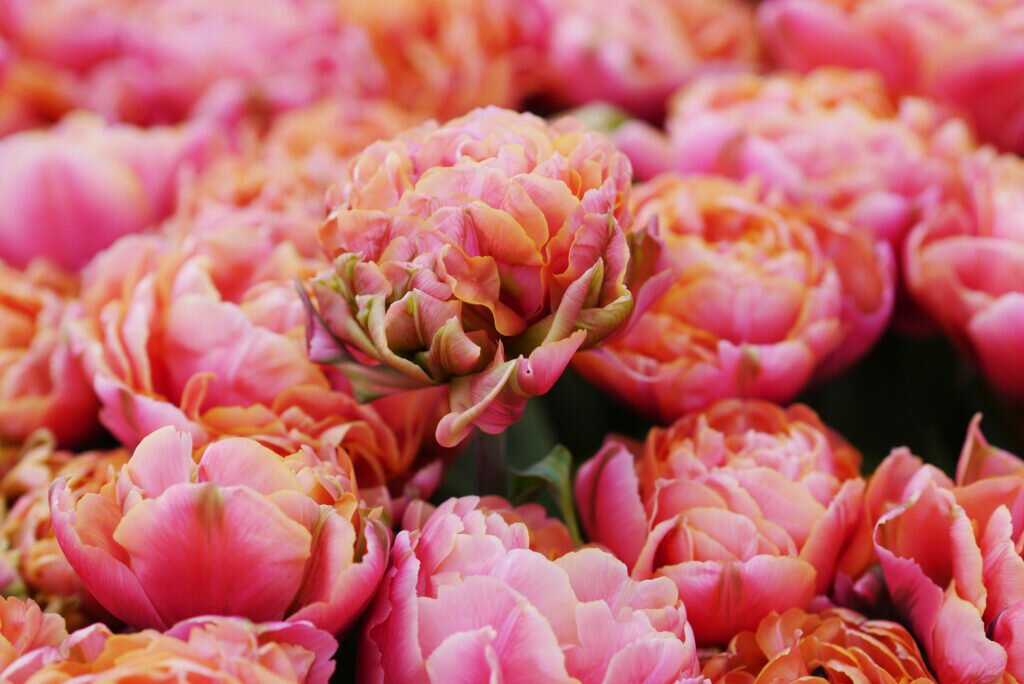
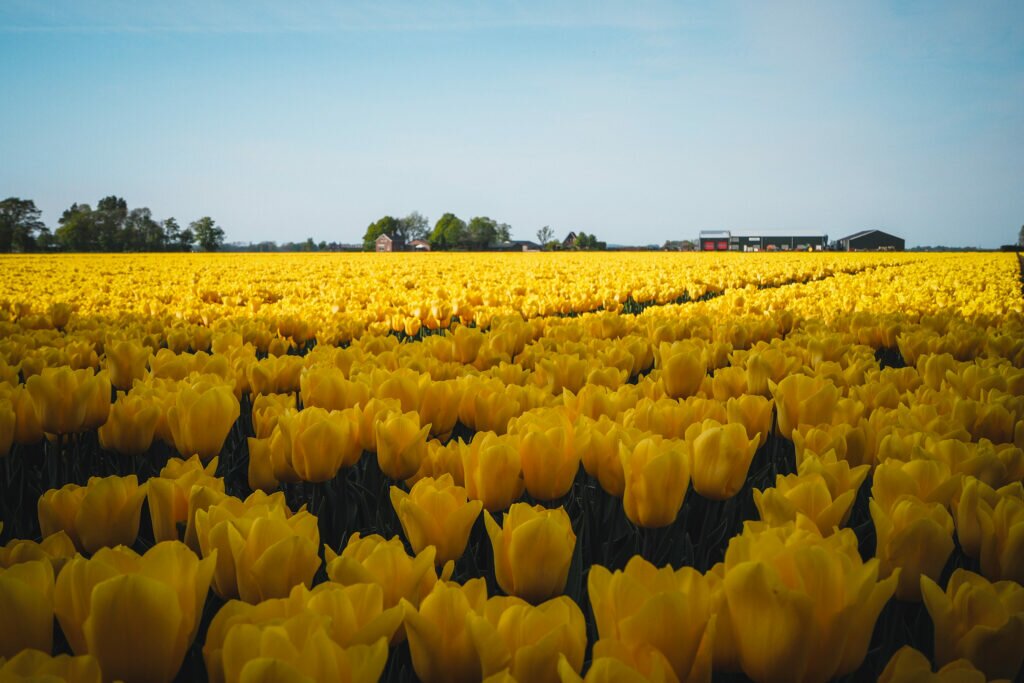


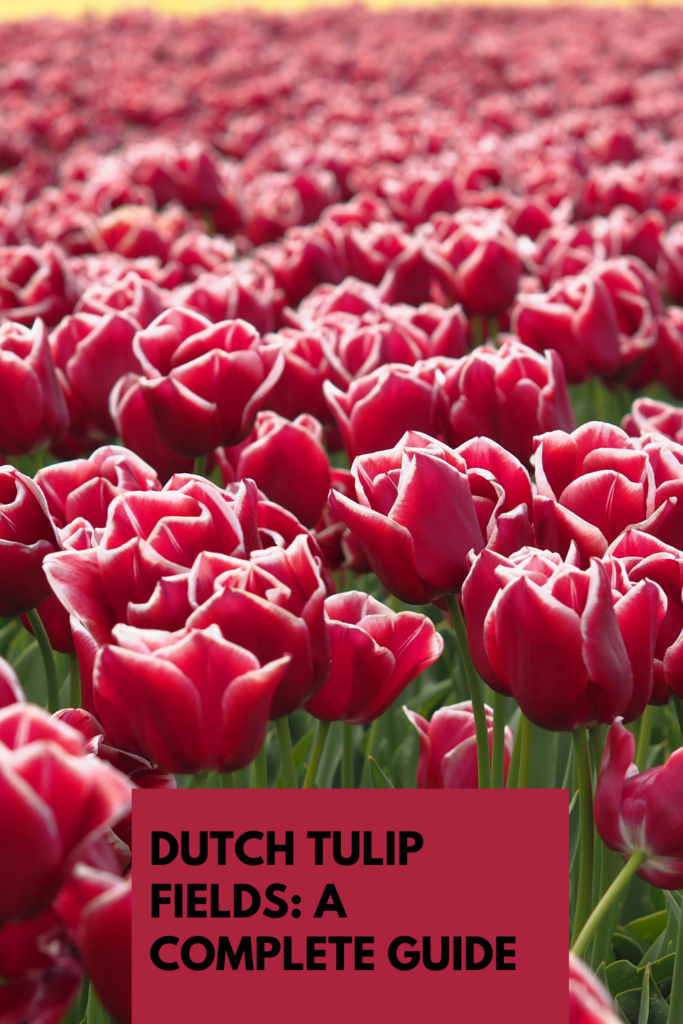
Stay tuned for more and follow Amsterdamian on Instagram and Facebook for more stories about life in the Netherlands. Please share this post if you liked it!
Check out my photo book: Amsterdam Through the Seasons!
Love what you’re reading? Support my work with a small donation.

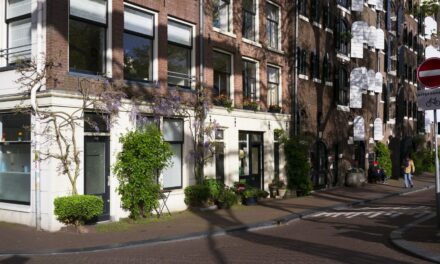
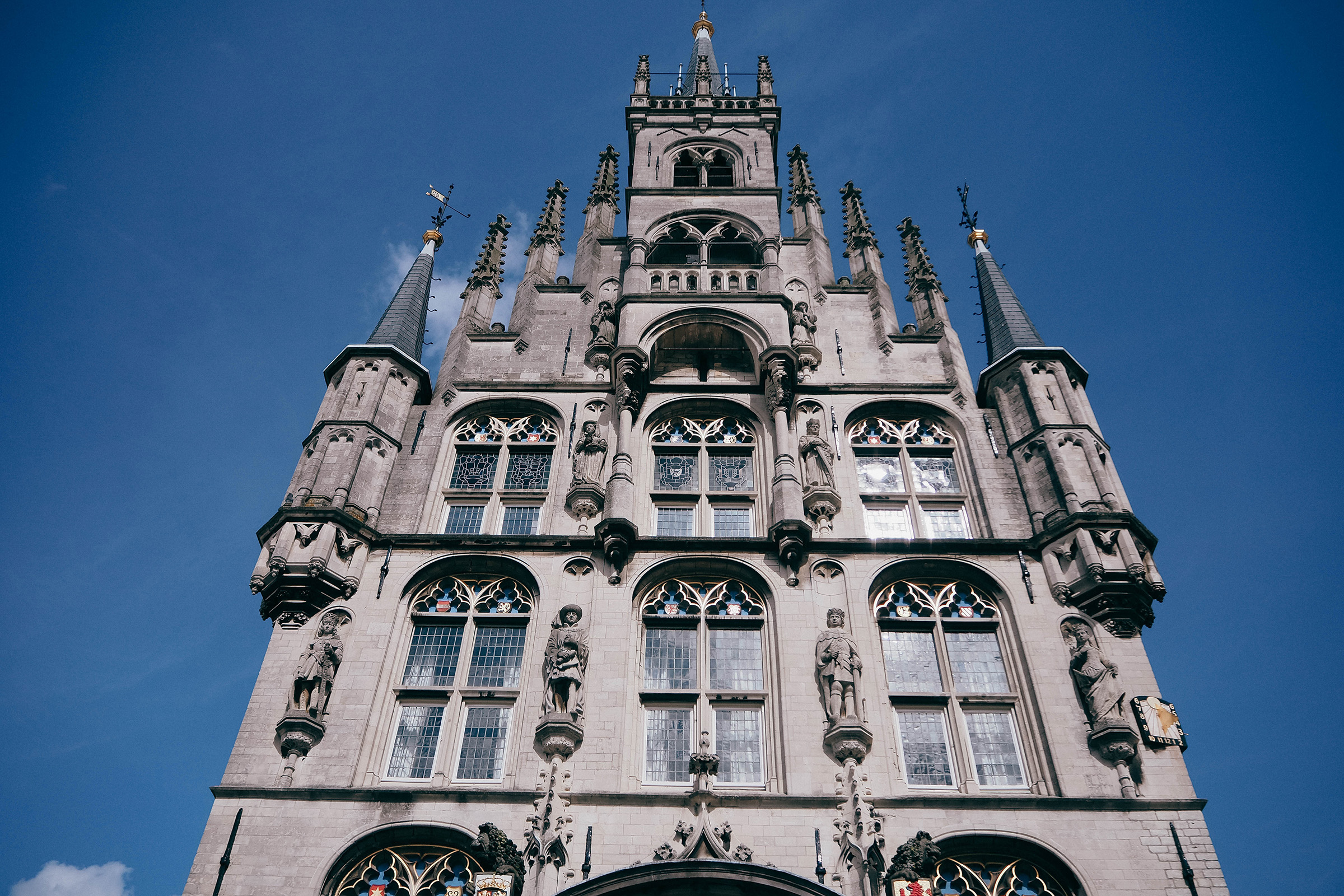



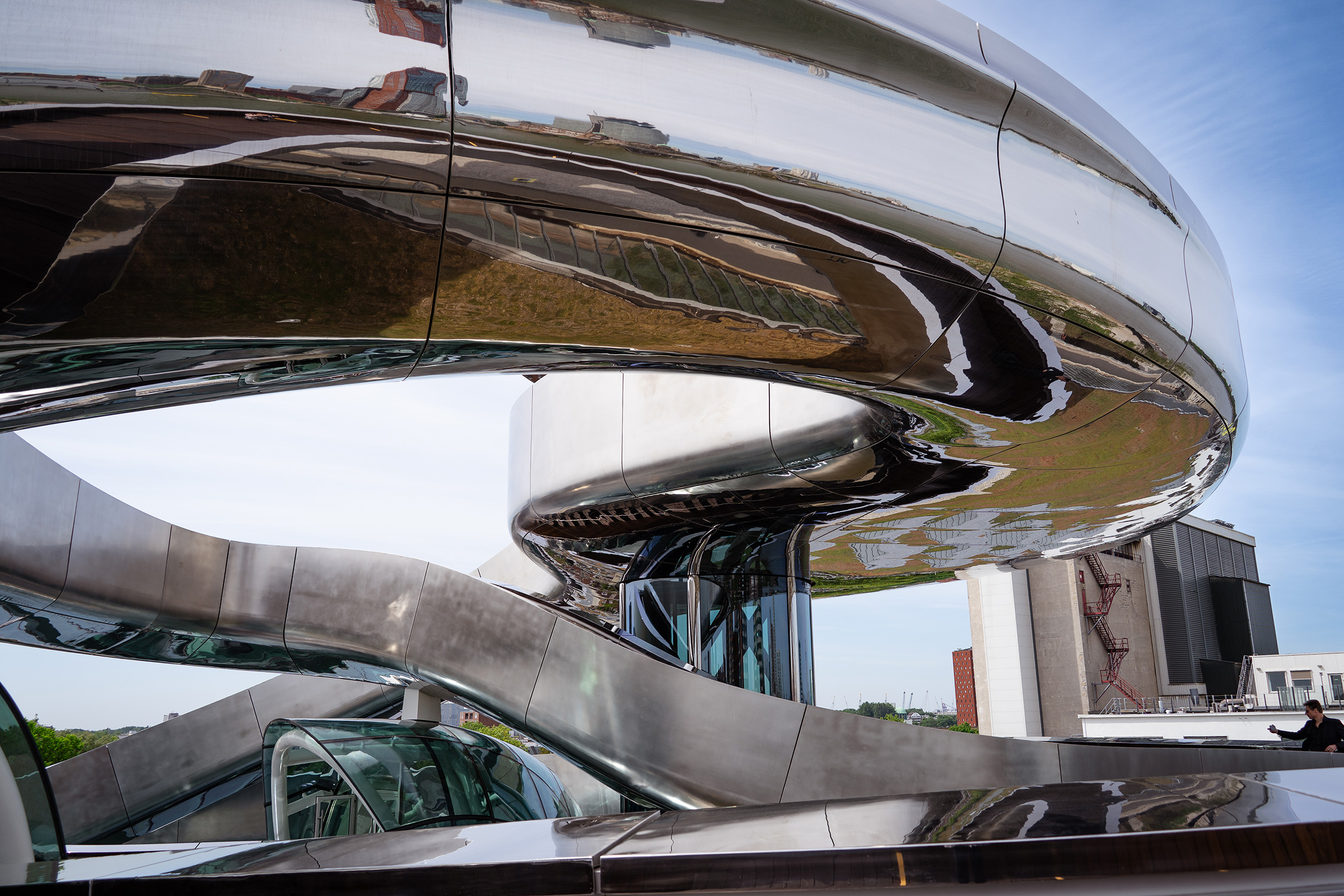

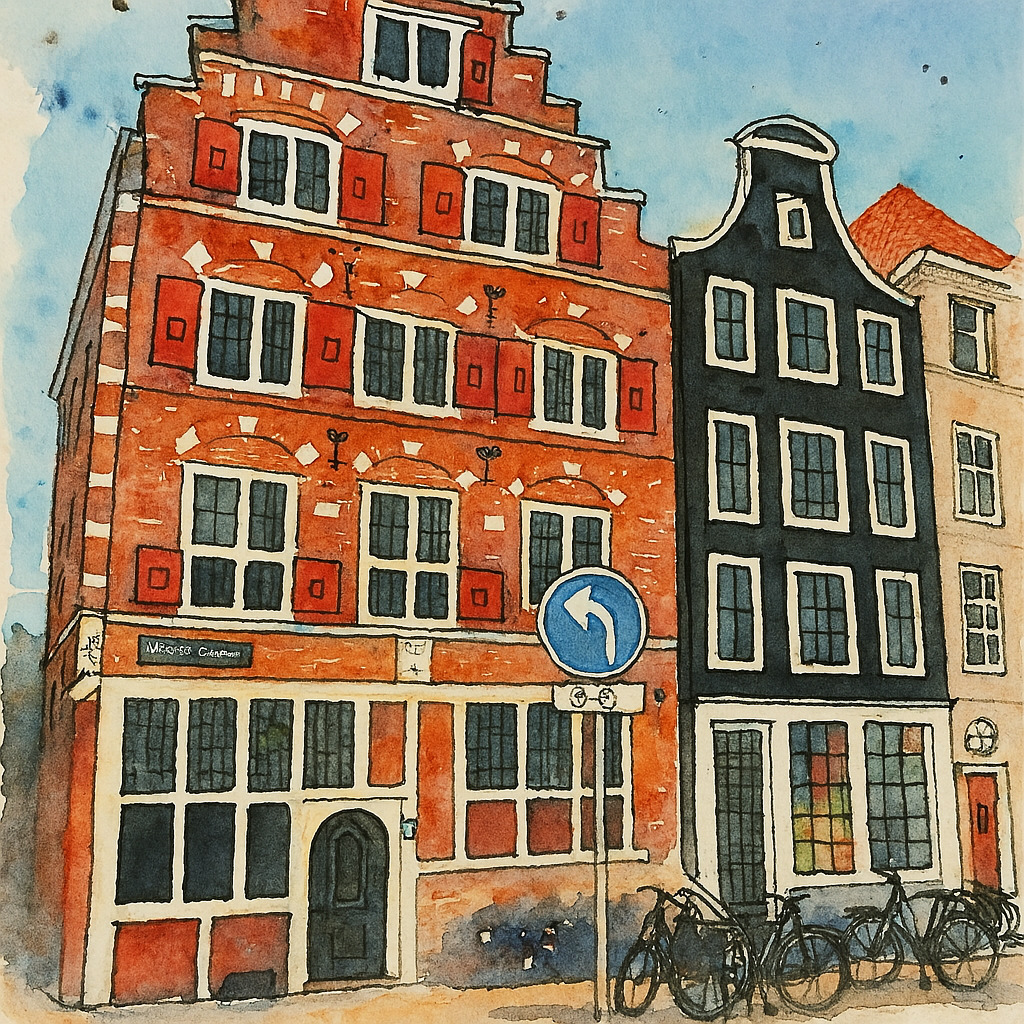

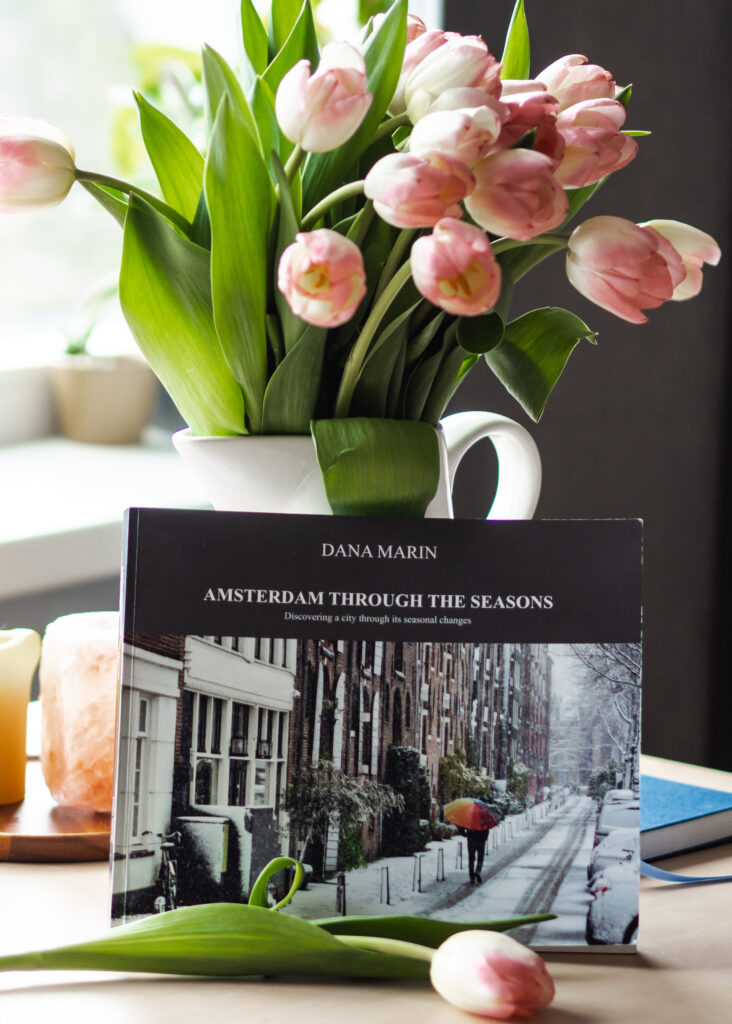




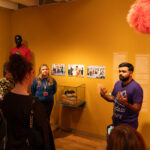

Trackbacks/Pingbacks